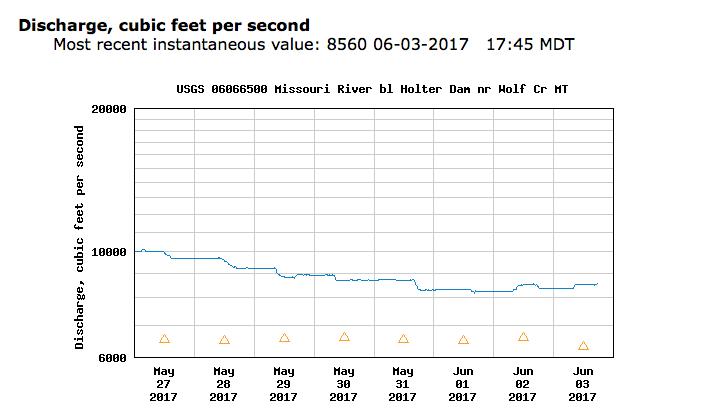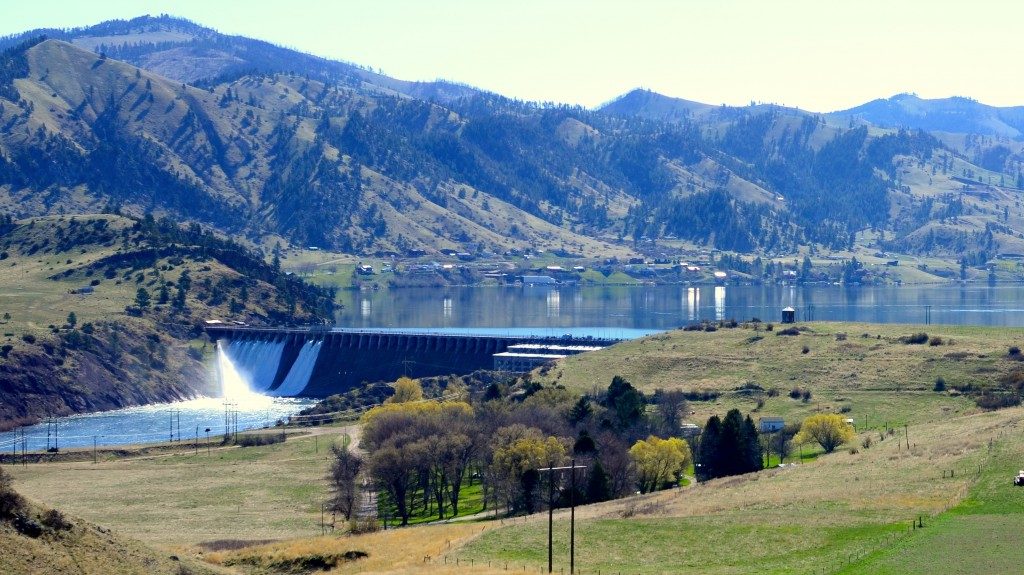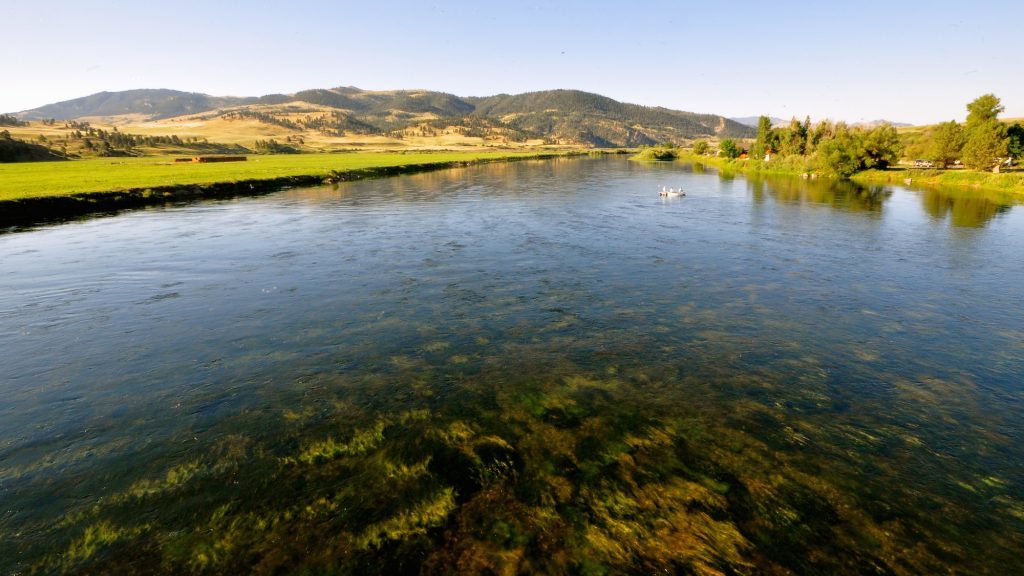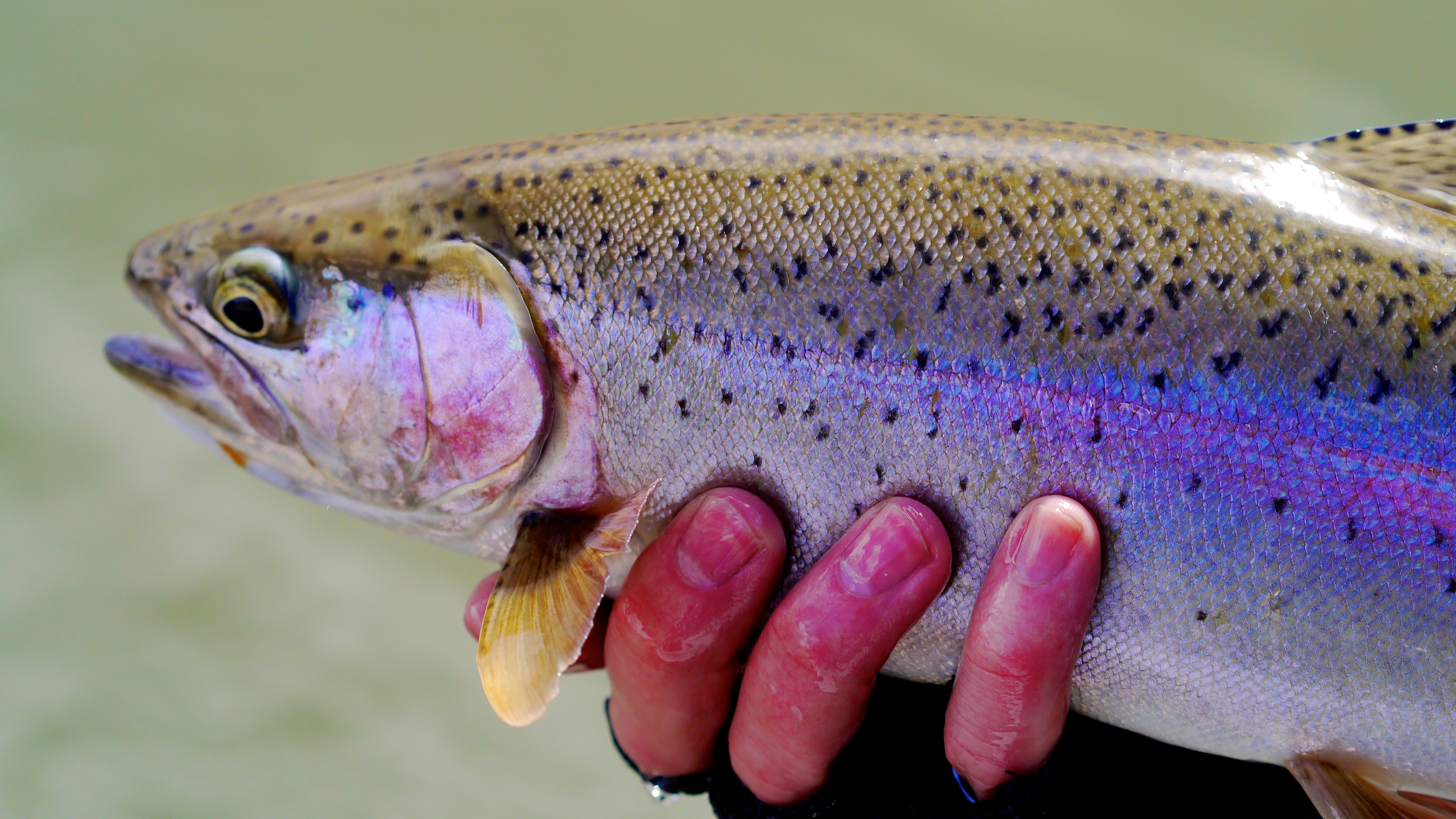The Case For Flushing Flows
The Upper Missouri Watershed Alliance (UMOWA) recently released their spring newsletter. Within the letter, UMOWA discusses the history of Missouri River flows and the beneficial contribution that flushing flows have upon the health of the Missouri River.
The remaining text of this post is republished from the UMOWA spring newsletter.

River Flows Pre-1980s
The history of regulated river flows goes back to the installation of Canyon Ferry Dam. Prior to that time, there was no regulation of flows. Both Hauser and Holter, built in 1915 and 1917 respectively, are run of the river dams and have no storage capacity. With the addition of Canyon Ferry, the regulation of the dams was concerned primarily with flood control and electrical generation. Until the early 1980’s the releases from the dam were designed to accommodate power needs. As a result, the releases could fluctuate daily and/or hourly depending upon power needs.
River Flows Post-1980s
In the 1980’s, it was determined that the wildly fluctuating flows were detrimental to the fishery and a safety hazard. An agreement was reached that the peaking would be replaced with more constant flows. The Missouri River fishery blossomed as a result. However, recent low water years have created another problem. The lack of high water pulses has resulted in silt buildup in the river bed and the biology of the river has changed.
Weed Beds and Silt
The silting has been thought to be part of the reason for the increase of weed beds in the river. In recent years, the weed beds have at times been so extensive that they have changed the flow of the river. Anecdotal evidence indicates that the lack of flushing flows has contributed to the excess plant life. Until we are able to implement an aquatic plant study we will not be able to provide scientifically verifiable conclusions.
Impact Upon Macroinvertebrates
Our macroinvertebrate studies have provided some good science in the bug world. Today there is a decrease in the insects that require clean gravel. These are the bugs that fly fishermen love best, mayflies and caddis flies. There is also an increase in the bugs who thrive in the silt and the weed beds such as worms, sow bugs, and scuds.
We believe that a return to springtime high water flushing would create a more natural state of the river and improve river health. This spring UMOWA has begun a conversation with the Bureau of Reclamation, Northwestern Energy, and MT FWP about the possibility for providing a yearly large pulse flow to flush the Missouri River.

The Water Management Plan
Stephanie Micek, an engineer with the Bureau of Reclamation’s Montana Area Reservoir Operations, says that the two primary missions of the Bureau are flood control and electrical generation. Of secondary importance in their plan are recreation and fisheries. The plan is available on their website.
The primary driving force for flows is water availability. The Bureau is bound to contracts with Northwestern Energy for power generation. The Bureau also controls Clark Canyon dam but they have no control over the other upstream impoundments on the Missouri tributaries or main stem. Flood control, which is a primary springtime concern, is a week-to-week or even day-to-day plan depending on snowpack, precipitation, and weather predictions. A flushing flow has not been part of their plan.
FWP’s Recommendation


Annual Meeting June 17, 2017
Don’t forget UMOWA’s annual meeting is June 17, 2017. Free barbecue and some great information on the state of the river. This is your chance to support the good work of UMOWA and have a good time, with good friends!








2 Comments.
A periodic flush of any system is key to longer life and sustained performance! The Mo has no doubt benefited from the sporadic cleansings that have occurred over time. UMOWA is fulfilling its mission by initiating the discussion. Well done!
Thank you, Braden, Headhunters, and the UMOWA for this concise and clear update. As recreationally and economically important as it is, the Missouri definitely deserves more study by FWP and consideration by the BoR of more aggressive springtime flows. Times have changed. Perhaps it’s time to reverse priorities and make recreation a primary consideration of the Bureau.